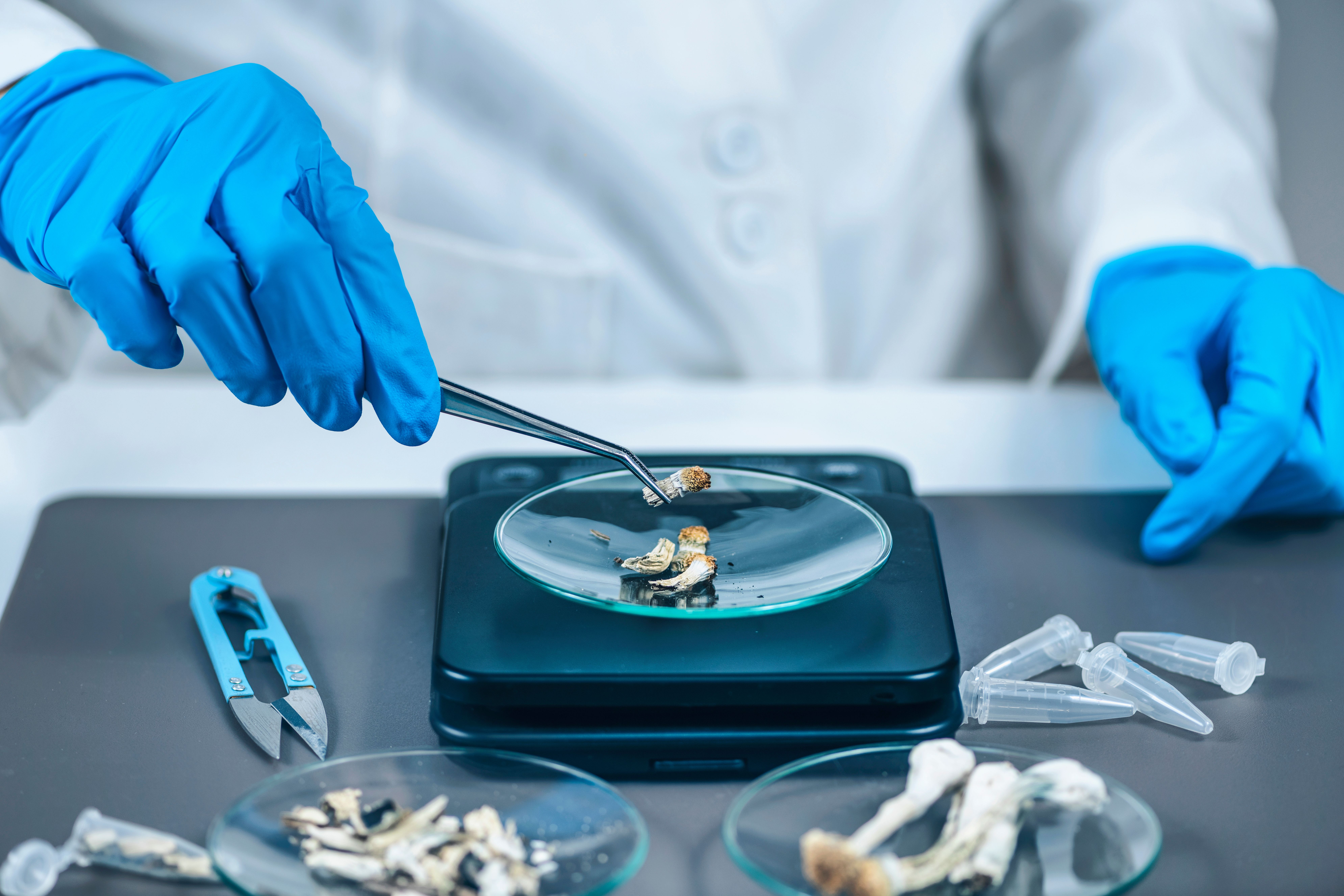Publication
Article
Pharmacy Times
Compounding Hotline
Author(s):
Mr. Erickson is director of professional affairs at Gallipot Inc.

I can obtain progesterone derived from wild yam or from soy. What are the chemical precursors, and from what part(s) of each plant are they derived?

The progestogen progesterone occurs naturally in humans. It is available as a colorless or slightly yellow-white, odorless crystalline powder or as colorless crystals. It is practically insoluble in water, soluble in alcohol and acetone, and sparingly soluble in vegetable oils. It has a molecular weight of 314.5. Storage requirements for progesterone include dry location and protection from light. Injections are sterilized by dry-heat methods.
For economic reasons, most progesterone for pharmaceutical use is derived from plant hormones, which are not converted to active forms by human metabolism. In one commercial manufacturing method, Diosgenin, derived from the roots and rhizomes of wild yam (frequently Dioscorea composita Hemsl and D terpinapensis Uline), is converted to hormones, including progesterone, that are active in the human body. Another commercial manufacturing method obtains stigmasterol from a phytosterol mixture from soybeans as the precursor to be converted to human-active hormones, including progesterone. These are general comments. Your supplier should be able to provide specifics.
The United States Pharmacopoeia (USP) standards apply here. If the progesterone you are using is ?Progesterone USP,? regardless of plant of origin, it has passed the same rigorous standards.?
E-mail your compounding questions to <!--linkEmail('compounding','PharmacyTimes.com')// -->.

Newsletter
Stay informed on drug updates, treatment guidelines, and pharmacy practice trends—subscribe to Pharmacy Times for weekly clinical insights.






